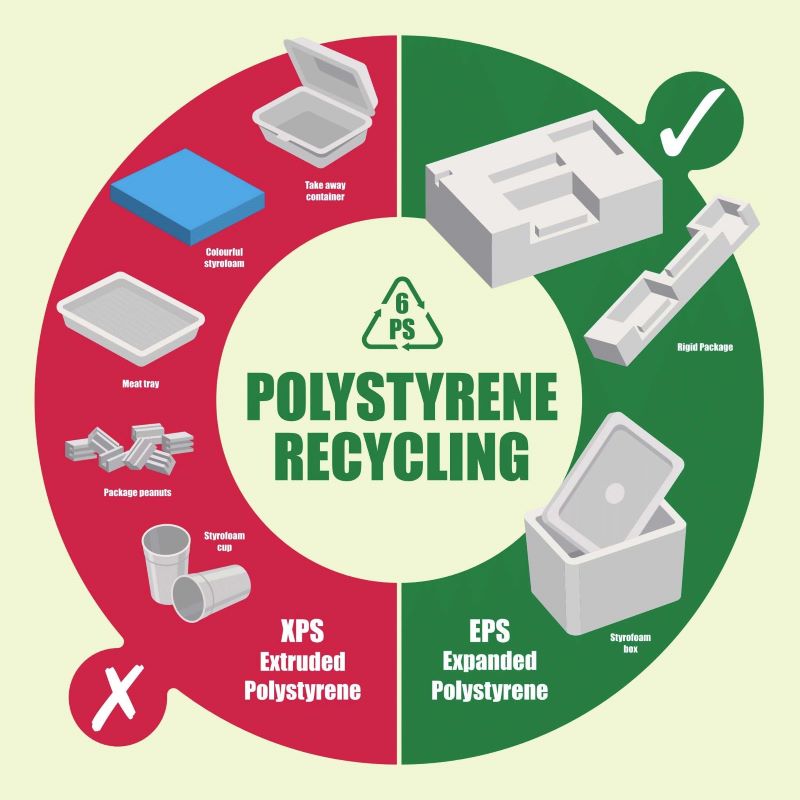

2022/01/06

Silica fume is an ultrafine powder generated during the production of silicon and silicon alloys. Until the mid 1970s, it was considered nothing more than industrial waste and hundreds of thousands of tons were dumpedin EU landfills every year. But increasingly strict EU industrial emissions regulations and rising landfill costs finally drove EU companies to seek alternative waste management solutions. Based on various research findings, companies started adding silica fume to concrete for a significant improvement in concrete strength and durability. Widespread adoption of this technology throughout Europe over the next few decades led to significant reductions in the dumping of silica fume. In fact, sales of silica fume became a significant source of income for smelting plants throughout Europe. To capture even more silica fume, smelting plants then developed advanced dust filters that dramatically reduced emissions in their factories, resulting in cleaner air and heal thier work conditions. Extensive use of strong silica-fume-enhanced concrete reduced the amount of concrete needed in Europe by hundreds of thousands of tons every year. The estimated annual benefits to society in 2018 alone included savingsof up to €43 million and up to 454,800 fewer tons of CO₂. 2021 research results suggest silica fume can strengthen recycled aggregate concrete as well, which may lead to increased concrete recycling.
Everyone talks about sustainability, but few have realized it as successfully as the Kalundborg Eco – Industrial Park in Kalundborg, Denmark. Here, a simple partnership between two companies naturally evolved into an ecosystem where twelve public and private companies closely cooperate to mutually benefit each other. These companies efficiently convert industrial waste into revenue and resources that other companies can use. The sludge produced by a pharmaceutical company fertilizes crops in a farm. A biotech company’s organic waste generates biogas for an oil refinery. And steam produced as a byproduct by an electric utility company is sold to generate income for the entire community. These are just a few of the many examples of industrial waste benefits. By sharing waste and other resources in a symbiotic relationship, park tenants significantly reduce waste, pollution, operational costs and taxes. Together, they save an estimated €24 million every year as well as 635,000 tons of CO₂ , 3.6 million m3 of water, 100 GWh of energy, and 87,000 tons of solid materials*—proving that cooperative use of waste can benefit companies while also meeting the environmental demands of society. The success of Kalundborg Eco-Industrial Park has inspired similar projects throughout the region, including Händelö Eco Industrial Park in Norrköping, Sweden and Mongstad Industrial Park in Vestland county, Norway.

Polyfoam Australia, a manufacturer of expanded polystyrene (EPS) packaging based in Melbourne, wanted to recycle as much of its EPS waste as possible. So it tried various options including burning scrap EPS for energy, melting it into solid polystyrene, and compressing it for sale abroad. But none of these methods resulted in sufficient benefits. The company then partnered with the Metropolitan Waste Resource Recovery Group – a government body responsible for facilitating waste management and resource recovery throughout the Melbourne metropolitan area – to prototype a machine that could mold new thick-walled products from the scrap EPS at its manufacturing sites. The goal was to recycle 100% of its EPS waste in-house and produce recycled products for the Australian market. After overcoming various challenges, the partnership succeeded in perfecting the first mold in the world capable of recycling 100% EPS. Now the company’s manufacturing facilities at eight sites throughout Australia recycle 100% of their scrap EPS and even recycle clean EPS packaging brought in by members of the community.